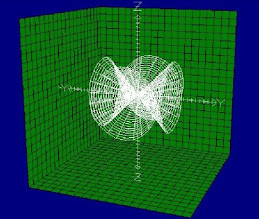Newtonian mechanics consider relative motions (translational motions or rotational motions with respect to a reference point). Uniform motion takes place when no net forces exert on the body.
It is often said that Quantum Mechanics comes into play when the scale of the elements of the system is microscopic. This restricted view hides the fact that the fundamental difference between CM and QM is not a difference of scale but a difference of describing the objects and their motions. CM focuses on objects that are located at points and on their relative motions. QM focuses on objects whose orientations evolve absolutely. This allows us to approach QM intuitively, reasoning on how arrow-like objects would behave in real life.


